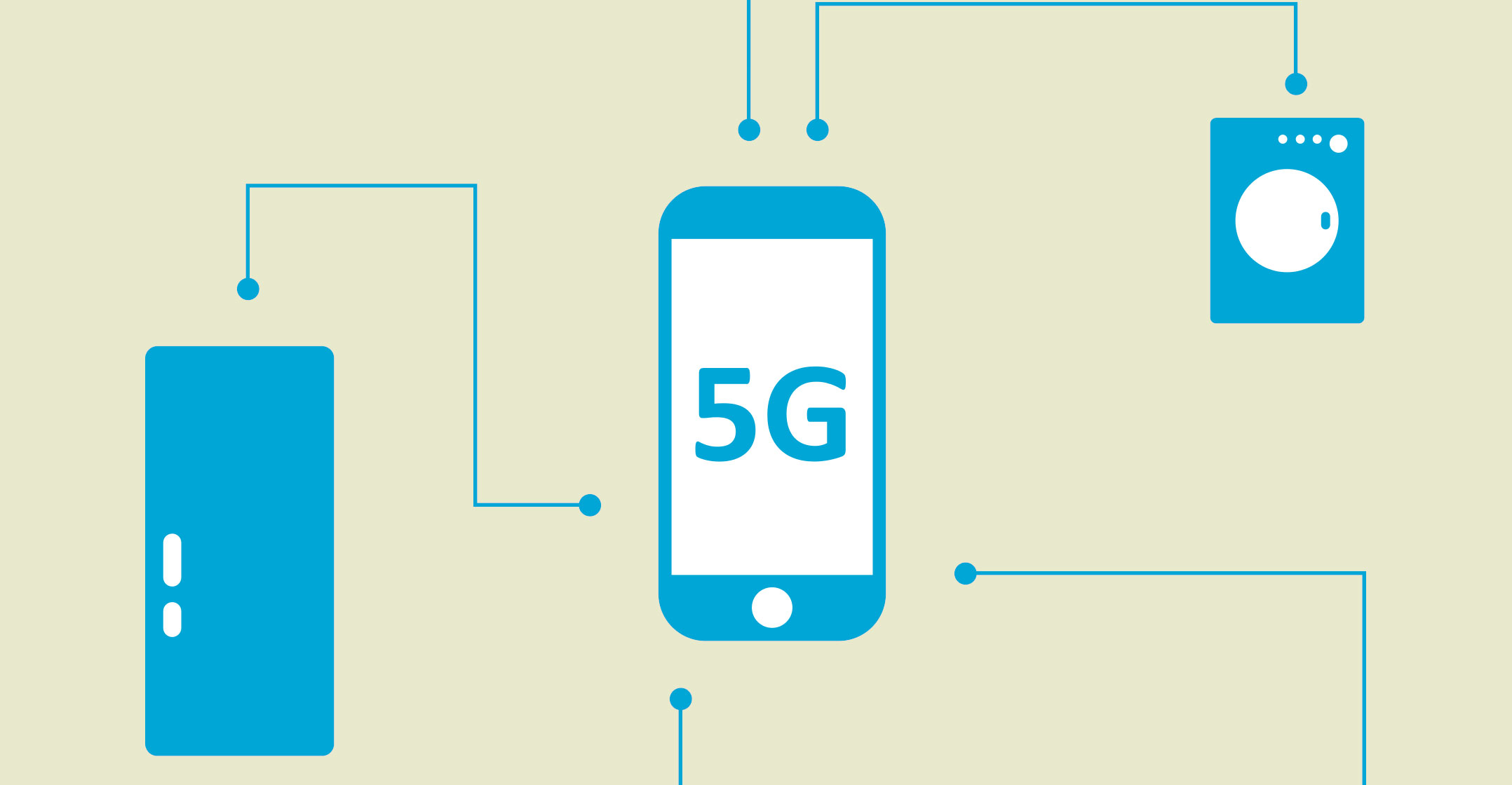
There will be more than a billion 5G subscriptions by the end of 2023 — or just over five years from now — accounting for 12% of all mobile subscriptions, according to a new report from Ericsson.
The company’s latest Mobility Report, for 2018, forecasts that almost 95% of all subscriptions will be for mobile broadband by December 2023. By then, 20% of mobile data traffic will be carried by 5G networks and more than 20% of the world’s population will be covered by the latest-generation mobile technology.
Ericsson said 4G/LTE became the dominant mobile access technology at the end of 2017.
The number of LTE subscriptions continues to grow strongly and is forecast to reach 5.5 billion by the end of 2023, when it will account for more than 60% of all mobile subscriptions. By that year, there will be about 8.9 billion mobile subscriptions in total, of which 8.3 billion will be for mobile broadband. The number of unique mobile subscribers will reach 6.1 billion in five years’ time.
The number of 3G subscriptions is expected to decline slightly during 2018 as 4G and 5G continue to accelerate. However, it’s estimated that 3G technology will still account for about a fifth of all subscriptions in 2023.
The uptake of 5G will be determined by the number of devices available to end users. As with previous generations, there will be a low initial penetration of compatible devices for 5G, Ericsson said, but this number will accelerate as volumes inevitably increase and prices fall.
Sub-Saharan Africa is likely to lag adoption in the rest of the world, however, with significant 5G subscription volumes only expected from 2022, the report said. In South Africa, the two largest mobile operators, MTN and Vodacom, have been run field trials of 5G technology and have encouraged government and the regulator, Icasa, to release spectrum as soon as possible so they can begin to commercialise the technology.
As with 2G, 3G and 4G technologies, 5G will for the most part be rolled out in dense urban areas to start, then will gradually be expanded into suburbs and major highway routes. One of the first commercial uses will be for fixed-wireless access (in other words, for use in a specific location such as the home as a replacement or addition to a fixed-line service).
“It will primarily be deployed where there are limited fixed broadband alternatives available for households, implying an initial coverage build-out in suburban areas,” the Ericsson report said. “Other use cases will come from industries such as automotive, manufacturing, utilities and healthcare, and will drive demand for dedicated coverage in defined areas.”
Much work
Much work still must be done, however, when it comes to the management of radio frequency spectrum for 5G, especially around aligning allocations between countries, it said.
Ericsson said that for 5G services to be successful in meeting demand for data speeds and capacities, agreements made at the International Telecommunication Union’s World Radiocommunication Conference in November 2019 will need to provide enough spectrum in the right bands and under the right conditions.
“Mobile data traffic is projected to increase by eight times over the next six years. New applications such as augmented reality, virtual reality and other increasingly immersive video formats are emerging, along with growing demands on security and reliability. In addition, billions of new connected Internet of things devices are expected, with a large variety of business cases and requirements on mobile networks.

“To support these demands, 5G service providers will need sufficient spectrum bandwidth. As radio wave propagation properties differ by spectrum band, it will be important to secure a combination of bands to meet both coverage (low/mid-bands) and capacity requirements (high bands).”
The high-frequency bands expected to be deployed early on for 5G include 28GHz, 26GHz, 37GHz and 39GHz. “The 28GHz band may be used in certain countries by the end of 2018 or early 2019, while the other high bands are estimated to be available in late 2019.”
Bands below 1GHz, which provide good coverage in remote areas and into buildings, are also likely to be in high demand for 5G roll-outs. Ericsson said a new band in the 600MHz range is expected to be made available by the end of 2018 for 5G.
Parts of the mid-bands between 1GHz and 7GHz are also expected to be allocated in many countries. Mid-frequency bands between 3.3GHz and 5GHz will likely be made available around 2020 and are important spectrum resources for terrestrial 5G access networks, it said.
“The mid-bands are particularly beneficial as they offer a favourable ‘middle ground’ between propagation characteristics (coverage) and bandwidth (capacity).”
Operators in the US will be among the first to launch 5G commercial services. The country’s four major operators have publicly announced that they will begin providing 5G services between late 2018 and mid-2019. Other markets where significant 5G subscription volumes are expected early include South Korea, Japan and China, Ericsson said. “Globally, major 5G network deployments are expected from 2020.”
However, 4G networks will continue to expand, too, and play a pivotal role in delivering mobile broadband for the foreseeable future.
According to the report, 4G/LTE has been deployed faster than all previous mobile communications technologies. It took just five years for LTE to cover 2.5 billion people, compared to eight years for 3G, it said.
LTE population coverage is currently over 60% and is forecast to grow to more than 85% in 2023. — © 2018 NewsCentral Media




